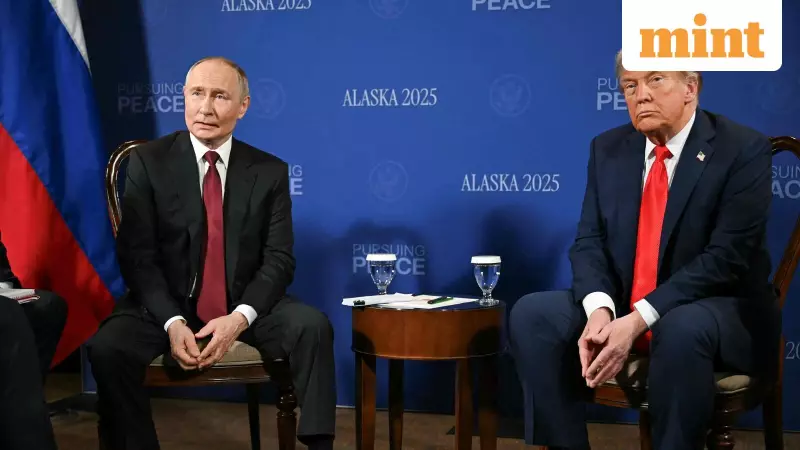
The Return of Nuclear Brinkmanship
After decades of relative calm, nuclear weapons have dramatically returned to the forefront of global politics, creating unprecedented challenges for international security. Unlike the Cold War era, the United States now faces not one but two nuclear peer rivals simultaneously - Russia and China - at a time when America's industrial and economic advantages have significantly diminished.
The Dual Nuclear Challenge
Russian President Vladimir Putin has already demonstrated the effectiveness of nuclear saber-rattling in limiting American support for Ukraine. Moscow has deployed nuclear weapons to Belarus and recently tested advanced nuclear-powered systems including a missile and submarine drone that Putin claims can bypass American defenses entirely.
Meanwhile, China is rapidly closing the nuclear gap. While long maintaining only a modest nuclear arsenal, Beijing is now expanding at an accelerated pace. According to American intelligence estimates, China will achieve rough parity with the United States in deployed nuclear warheads by the mid-2030s.
The growing strategic partnership between Moscow and Beijing - former rivals who nearly engaged in nuclear conflict during their 1969 border dispute - has created what experts describe as an unprecedented level of uncertainty for the United States and its allies in both Europe and Asia.
Global Nuclear Landscape Shifts
The current nuclear balance shows stark contrasts: The United States possesses 5,117 nuclear warheads (including 3,700 in retirement stockpiles), Russia maintains 5,459, while China currently has approximately 600. However, these numbers don't tell the full story of the shifting dynamics.
In a significant display of nuclear capability, Chinese leader Xi Jinping recently showcased China's nuclear triad - comprising land, sea, and air-launched ballistic nuclear missiles - during a Beijing parade commemorating the 80th anniversary of victory over Japan. The demonstration was witnessed by both Putin and North Korean leader Kim Jong Un, highlighting the emerging alignment of nuclear powers.
North Korea itself has become an increasingly concerning player, possessing an estimated 50 warheads and actively developing intercontinental missile and submarine capabilities that could potentially strike the American mainland.
Strategic Implications and Responses
The changing nuclear landscape has prompted serious reevaluation in Washington. A bipartisan congressional commission on strategic posture recommended in 2023 that the United States should consider expanding its nuclear arsenal for the first time in decades, primarily in response to China's rapid buildup.
As Matthew Kroenig, director of the Atlantic Council's Scowcroft Center and former Pentagon official, observed: "We're entering the third nuclear age that is going to look a lot more like Cold War than the 1990s and the 2000s."
The situation is further complicated by what military planners call the "simultaneity problem" - the risk that conflict over Taiwan could trigger simultaneous Russian military action against NATO members and potential North Korean aggression toward South Korea.
Vipin Narang, who oversaw US strategic capabilities at the Pentagon, warned: "If there is a regional conflict in Europe and China decides to take Taiwan, or vice versa, we will be stretched really thin. These are the kinds of scenarios we are really unprepared for."
Meanwhile, China maintains its position that the established nuclear powers should reduce their arsenals first before expecting Beijing to join arms control negotiations. Chinese strategists argue that their nuclear expansion serves as necessary deterrence against potential American nuclear threats in conventional conflicts, particularly concerning Taiwan.
As the world enters this dangerous new nuclear era, the rules of engagement are being rewritten, and the stakes for global security have never been higher.





